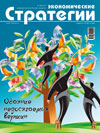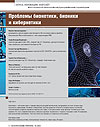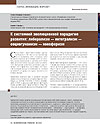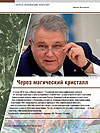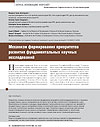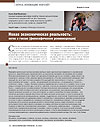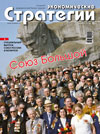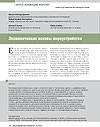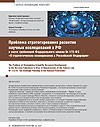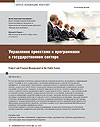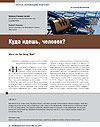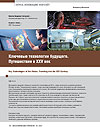Keywords: ,
,
,
,
,
,
,
,
,
,
,
,
,
,
The paper presents an original interpretation of both economy at large and current economic reality, fraud with dramatic changes which may entail the transformation of economy into post-economy or technomy. The author views the economy as a value-driven phenomenon of active consciousness within which it is implemented accepting specific digital (monetary) expression. The author argues that at the basis of any economic organization lies the notion of ‘creating chaos’ which, thanks to consciousness as synergy attractor, constantly generates a certain economic order, chaosmos, overcoming initial chaos but not attaining sustainable order of cosmic character. The economy is chronically changeable either towards growth and development or towards decline and stagnation. Here the negentropy is combined with entropy, thus reflecting the apocalyptic nature of economy, where crisis is a natural anomaly. Overall economic self-organization, or self-governing, is necessarily coupled with assertive selective organization, or management (various forms of dirigizm). In general, the organization of economy is not only diversified, but also is much more large-scale than economy itself; it is bound to be supported by an external organization, mainly not economic one but institutional, legal, governmental, political, etc. Managerial ecology of economy implies taking into consideration the importance of economic self-governance through dirigizm; managing the economy is only possible on the basis of self-governnance combined with economic freedom. Massive introduction of computing and analytical devices in economic processes creates an opportunity not only for greater administrative efficiency in the economy but also for the replacement of economic organization proper (homo-socio-value type) with non-economic technotronic organization, and of the economy with technomy. Hence, there exist a probability of transgressive revolution in the economy and then in the society. Presently, world economy, undergoing overall qualitative and organizational crisis, is on the brink of transition from uni-centered global type to the poly-centered integrated one, which, in turn, will put an end to the dominance of the US dollar, the Wall Street, the USA and the West.
Продолжить чтение


